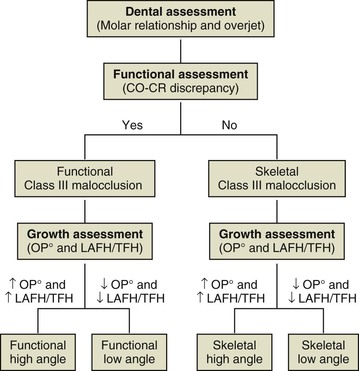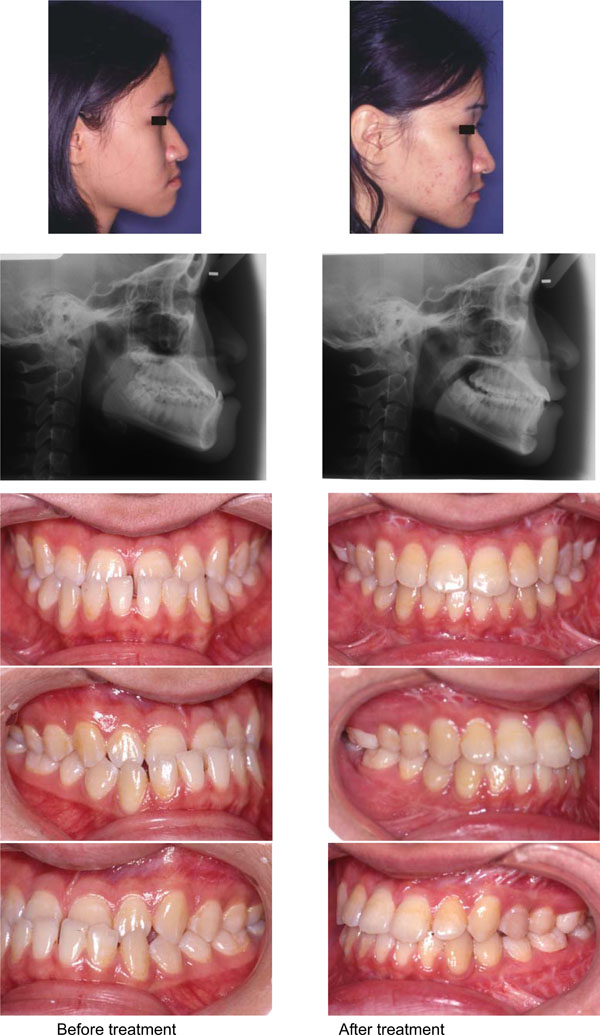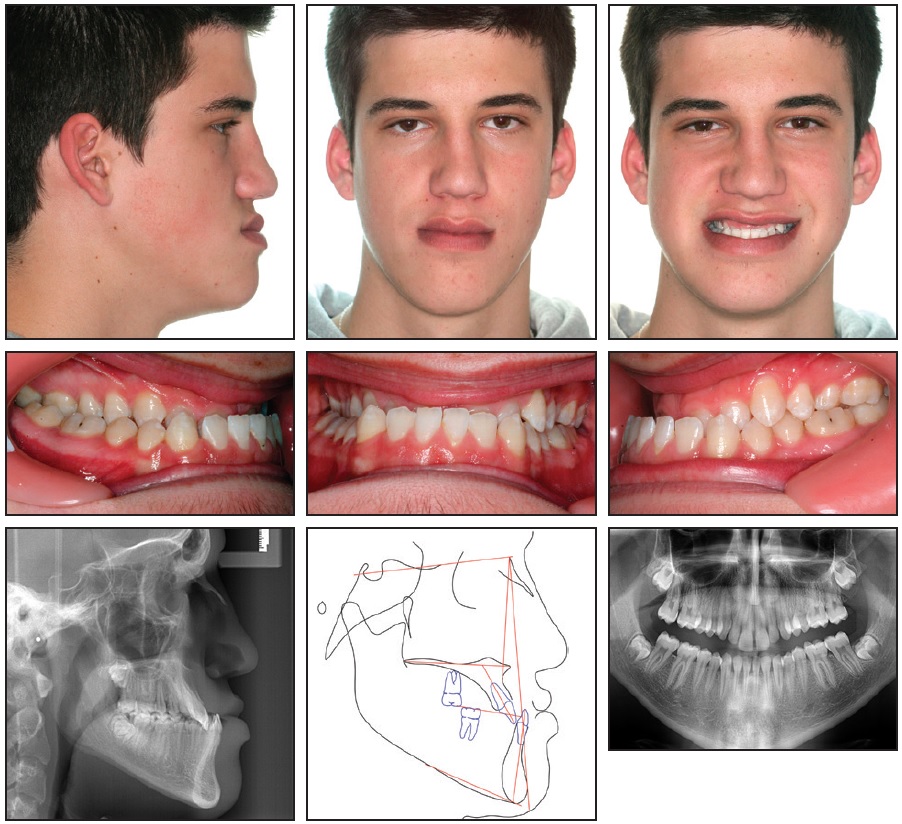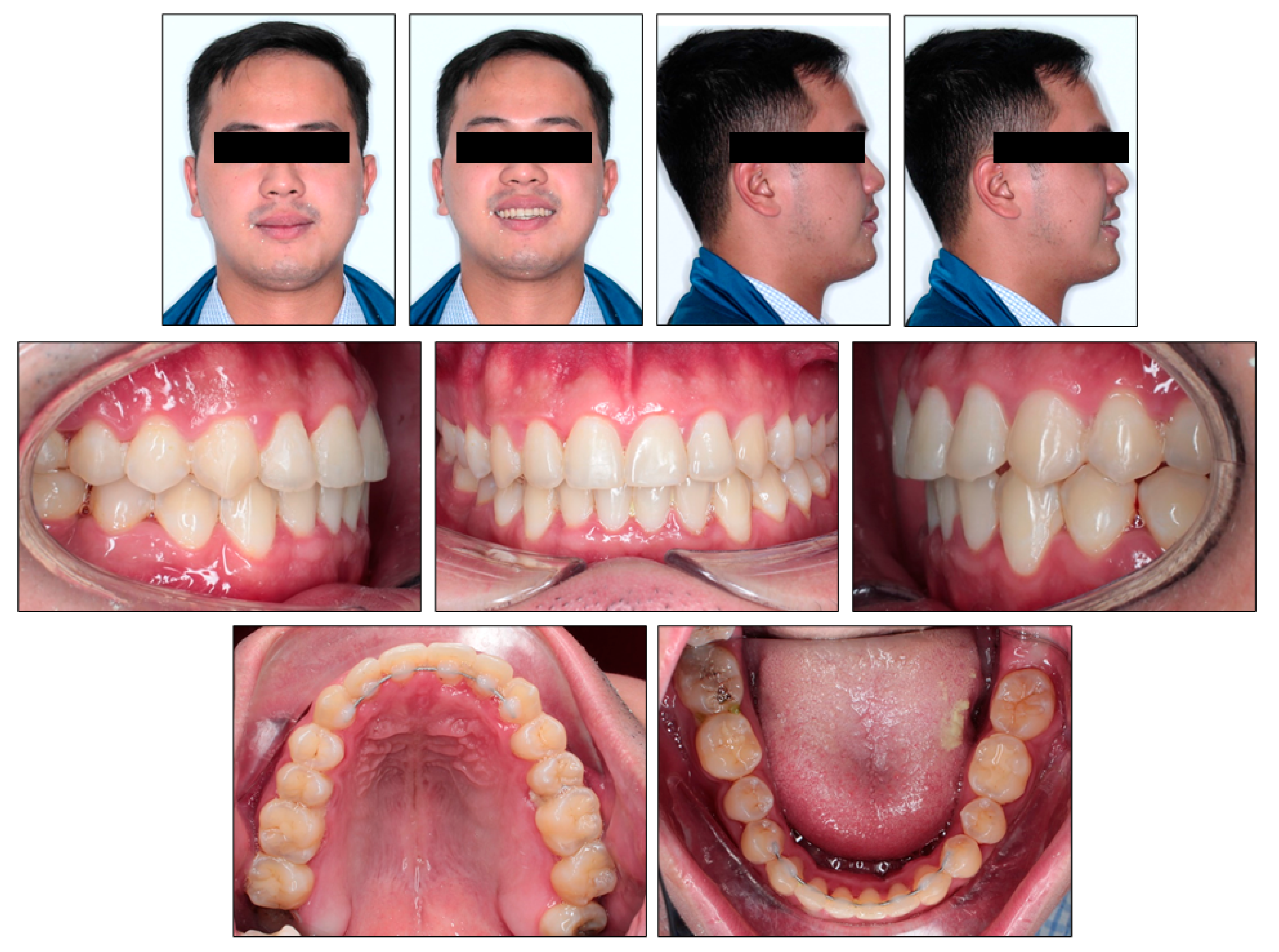class iii malocclusion treatment options
On the other hand recent evidence strongly suggests that there are few advantages to early treatment undertaken as a first stage of treatment in the early mixed dentition for Class II division 1 malocclusion. Assessment of the trueness and tissue surface adaptation of CAD-CAM maxillary denture bases manufactured using digital light processing.
If the primary teeth are not extracted dental crowding develops which is a condition that occurs when there is not.

. To-date no genetic factor has yet been identified. Class III Elastics Class 3 elastics are used to correct an underbite by retracting lower teeth and advancing upper teeth. Treatment of manifestations.
It creates a bulldog-like appearance in the mouth and face. Drag Racing Bike MOD. This type of malocclusion can sometimes be corrected with palate expansion treatment.
Ulnar deviation of the wrists and fingers often requires early bracing and occupational andor physical therapy. EVO 5 Drag Racing EVO 5 adalah game modifikasi dari Drag Racing. Over-retained teeth refer to baby teeth that have loosened but then tighten back into the gums preventing the eruption of permanent teeth.
Class III is where the lower first molar is anterior or more towards the front of the mouth than the upper first molar. We typically employ autologous bone grafts from the rib secured into the maxillary gap after the Le Fort I advancement. Sever Googledrive - Download here 21mb.
Treatment of cardiac manifestations and malignancy is routine. We believe this improves long-term outcomes. Many require Nissen fundoplication.
The Scanner and Services segment comprises of intraoral scanning systems such as single hardware platforms and restorative or orthodontic software options ancillary products and other related additional services. Journal of Prosthetic Dentistry Vol121 No1 p59-68e3. Class III problems are usually due to an overgrowth in the lower jaw.
In particular few studies have highlighted the demographic and clinical predictors of response to surgical treatment. Q6A 14 year old patient is referred to the orthodontist because they have a severe class III malocclusion. Most infants require nasogastric or gastrostomy feeding.
There are two classifications of underbites including. An underbite is when the lower front teeth and jaw are positioned in front of the upper front teeth and jaw. Failure to thrive is the most common and challenging clinical problem.
Some cases of underbite can be severe causing the lower teeth to. Elastics dos and donts. The cavities may be a number of different colors from yellow to black.
Symptoms may include pain and difficulty with eating. Timing of referral for Class II division 1 children is extremely important as late referral may limit the treatment options available particularly attempts at growth modification. AAnterior open bite BRetroclined upper incisors CReverse overjet DSmall mandible ETraumatic overbite Q7Proper decontamination and sterilization of dental instruments and equipment is important to prevent.
This condition is also called a Class III malocclusion or prognathism. If your orthodontist recommends that you use elastics as part of your orthodontic treatment with braces or Invisalign its important that you follow these tips. Many investigators have reported a TMJ improvement in dysfunctional subjects with malocclusion after orthodontic or combined orthodontic and surgical treatment particularly for the relief of pain.
Oral health-related quality of life after prosthodontic treatment for patients with partial edentulism. A systematic review and meta-analysis. Class 1 malocclusion is the most common classification of malocclusion.
Tooth decay also known as cavities or caries is the breakdown of teeth due to acids made by bacteria. With more severe cases of class III malocclusion a gap greater than 7 to 10 mm two-jaw surgery is indicated with a combination of a Le Fort I osteotomy and a bilateral sagittal split osteotomy to set back the mandible. What is the most likely feature this patient will present with.
In a normal bite the front teeth should slightly overlap the lower teeth. In this abnormal relationship the lower teeth and jaw project further forward than the upper teeth and jaws. There is a concave appearance in profile with a prominent chin.
An underbite is a class III orthodontic malocclusion that occurs when the lower jaw is pushed forward. The Clear Aligner segment consists of invisalign full teen and assist products and vivera retainers for treating malocclusion. Class 2 In this type of malocclusion your upper teeth and jaw.
The cause of cavities is acid. Complications may include inflammation of the tissue around the tooth tooth loss and infection or abscess formation. Orthodontic Treatment When submitting PARs for comprehensive orthodontics providers should submit a one 1 page composite preferably in color of all photographs in addition to a panoramic film cephalometric film and current handicapping malocclusion form.

Treatment In Borderline Class Iii Malocclusion Orthodontic Camouflage Extraction Versus Orthognathic Surgery

Therapeutic Management Of A Pseudo Class Iii Malocclusion Case Report Revista Mexicana De Ortodoncia

Treatment For Class Iii Malocclusion Pocket Dentistry

Class Iii Treatment Photos Orthodontics Cary Nc Clayton Nc

An Example Of An Adult Class Iii Malocclusion With Moderate Skeletal Download Scientific Diagram

Class Iii Malocclusion Vineeth Dental Implant Courses By Indian Dental Academy By Indiandentalacademy Issuu

14 Treatment Strategies For Developing And Nondeveloping Class Iii Malocclusions Pocket Dentistry

Nonsurgical Correction Of Severe Skeletal Class Iii Malocclusion Jco Online Journal Of Clinical Orthodontics

Ijerph Free Full Text Skeletal Class Iii Malocclusion With Lateral Open Bite And Facial Asymmetry Treated With Asymmetric Lower Molar Extraction And Lingual Appliance A Case Report Html